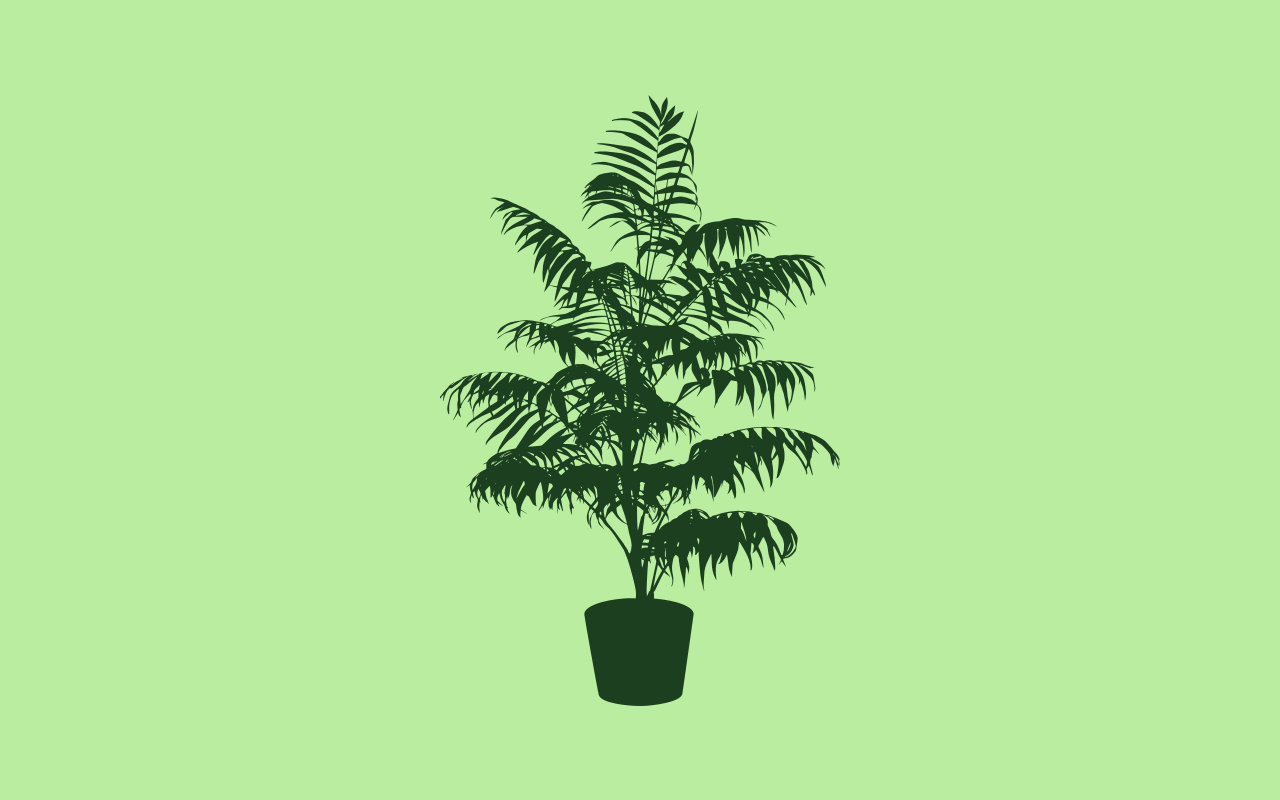Why You Need Indoor Office Plants
As a freelancer, business owner or employee, when you think of the office environment, what is the first thing that comes to mind? Very likely it’s equipment such as computers and printers, furniture like desks and ergonomic chairs, or behind-the-scenes goings on including taxes and sales. The one thing you probably don’t think of is potted palms or philodendrons.

But years of research, including a study at a Bank of America location in Manhattan, have shown that plants in the workplace offer an enormous amount of benefits besides being aesthetically pleasing. Plant life improves the quality of the air, helps reduce stress, decreases sick days, and enhances employees’ well-being, thereby increasing productivity.
A better way to manage your finances
With Hiveage you can send elegant invoices to your customers, accept online payments, and manage your team — all in one place.
Here are several great reasons why you need indoor office plants:
Cleaner Air Quality with Indoor Plants
As you may recall from your high school biology class, plants clean the air by taking in carbon dioxide and other pollutants and releasing oxygen through a process called photosynthesis. In fact, some types of plants are able to remove 50-75% of such chemical compounds as hexane and benzene, which are found in common household cleaning agents, plastics, pesticides, and car gasoline/exhaust and known to be carcinogenic.
Less Employee Sick Days
In the 1960s, environmental scientist Dr. Bill Wolverton worked with the U.S. military to clean the air and earth after the damage of biological warfare, and then later with NASA’s Space Agency to learn how nature naturally cleans itself. Synthetic materials, such as are found in any office, emit low levels of chemicals, and when there is no circulation system in place, people breath in the recycled air and toxins and become sick.
Wolverton came up with a solution, which is that “If man is to move into closed environments, on Earth or in space, he must take along nature’s life support system.” In other words: bring plants into the work space. Research shows that a room that contains plants will have about 50-60% less bacteria in the air than a room without. Ideally, to ensure good health, every employee would have a plant on his or her desk, and at least 15-20 plants within a 1,500 square-foot area.
Muffles Noise in the Office Environment
Most people don’t realize this, but plants absorb, diffract and reflect sound. How much depends on many factors, such as the species of plant, how big it is, and the container in which it sits. Plants contribute to the noise reduction of a room by reducing the reverberation time, and thick, fleshy leaves and rough bark work the best. They also deflect noise because of their flexibility; when sound waves reach them, the leaves and stems vibrate and the waves are diverted around the room.
Several small plants work better than one large one, so a cubicle lined with a few small shrubs can reduce noise levels by up to 5 decibels. For maximum effect, place the plants in large containers and position them in the corners of the work space.
Humanizes a Sterile Work Environment
Biophilia, which describes our natural human affinity for nature, requires that we be connected to the natural environment in order feel good and thrive. Because we spend so much time inside, it’s especially important to bring the outdoors into the office or home. Large windows with views of nature, natural light, and plant life are all essential to our well-being.
In addition, any realtor can tell you that the appearance of a building is one of the most important qualities for tenants. Studies show that people judge an interior space that has plantlife as being more abundant, personable, and comfortable. Besides using plants for health purposes, it also creates an aesthetically-pleasing environment, which indirectly affects a worker’s mood.
Inspires Creativity and Productivity
Texas A&M University conducted experiments that showed a direct correlation between plant life in a work environment and creativity. Over the course of eight months, men and women worked on various problem-solving tasks in rooms with and without flowers and plants. The study participants displayed more innovative thinking, came up with 15% more ideas, and generated more solutions when they were surrounded by plants and flowers.
Further research done at this university showed that people were 12% more productive when they worked in a setting with plants. Blood pressure, emotional states, and pulse rates were measured to show stress levels, and the only variable in the room was the addition or removal of plants. Indoor office plants also significantly increased the participants’ attentiveness and reaction time, which was 12% faster than when working in a room without plant life.
Indoor Plants Cools the Office Temperature
Just as humans cool down by perspiring, plants cool down through a process called transpiration, which is when moisture is carried through the plant from root to leaf, transforms to vapor, and is released into the air. This process lowers the temperature of the air in a room by up to ten degrees, and can create a humidity level of 30-60% at which humans are most naturally comfortable. The Associated Landscape Contractors of America suggests (PDF) that one young tree provides the same cooling effects as ten room-sized air conditioners and with proper placement can lower cooling costs by 20%.
Now that you know why you need indoor plants in your office space, here’s a
list of plants to use for this purpose. Not only will they increase your health and thus your creativity and productivity, but they look great, too!
Join thousands of business-savvy entrepreneurs on our mailing list.
Curated emails that’ll help you manage your finances better.




